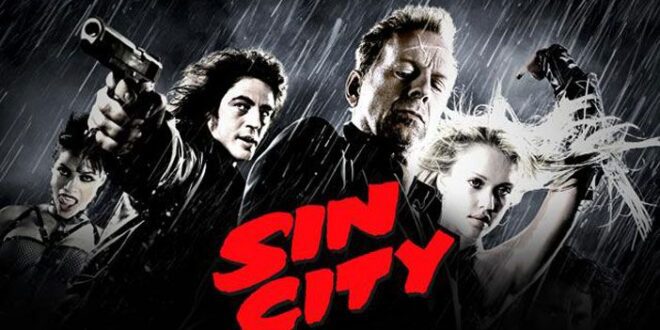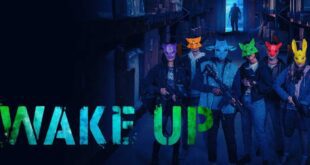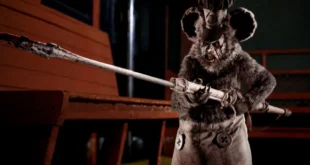Twenty years ago, Robert Rodriguez and Frank Miller joined forces to bring Sin City to the big screen, adapting three of Miller’s iconic graphic novels—The Hard Goodbye, The Big Fat Kill, and That Yellow Bastard. The result was nothing short of revolutionary.
Upon its release, Sin City boasted an incredibly stacked cast, including Bruce Willis, Mickey Rourke, Josh Hartnett, Elijah Wood, Clive Owen, Rosario Dawson, Benicio Del Toro, and the late, great Brittany Murphy, Michael Clarke Duncan, Powers Boothe, and Rutger Hauer. Behind the camera, Rodriguez didn’t just adapt the books—he translated them into film, preserving Miller’s stark, high-contrast aesthetic with painstaking accuracy.
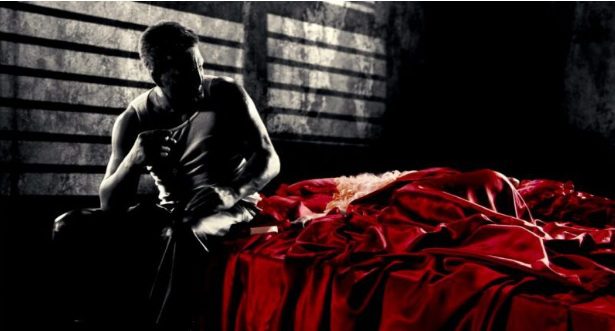
The film’s bold black-and-white palette, punctuated by splashes of color, made it visually distinct. Rodriguez’s attention to detail, from the framing of shots to the film’s overall composition, resulted in a movie that felt like a graphic novel brought to life. Many scenes, when paused, align almost exactly with their comic book counterparts.
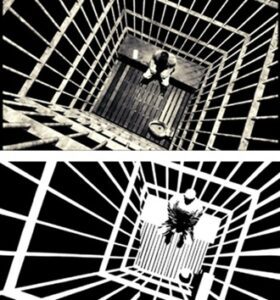
The film’s non-linear storytelling makes Sin City feel alive, evoking the idea that the city is teeming with stories beyond what we will ever know. The three narratives weave together seamlessly, immersing the audience in a world of corruption, violence, and noir-infused beauty.
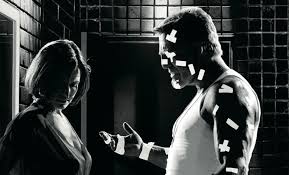
Casting was another triumph. Mickey Rourke was born to play Marv, the brutal yet strangely likable psychopath hellbent on vengeance. Bruce Willis delivers one of his best performances as Hartigan, the weary but unwavering cop. Elijah Wood, fresh off Lord of the Rings, dives back into his horror roots as Kevin, the silent and terrifying cannibal.
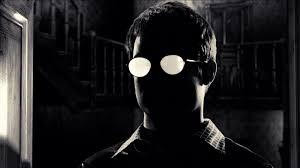
Robert Rodriguez, John Debney, and Graeme Revell put together a brilliant score that complements the pulpy, film noir style of the film. The acting, the cinematography, the music, it all perfectly brings to life Frank Miller’s Sin City in a way that feels alive and dripping with atmosphere.
Two decades later, Sin City remains one of the most faithful and visually striking comic book adaptations ever made. It set a high bar for stylistic innovation, proving that with the right creative vision, a movie can be a graphic novel, not just based on one.
 PopHorror Let's Get Scared
PopHorror Let's Get Scared
